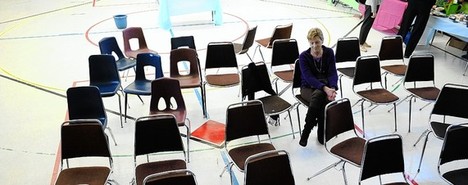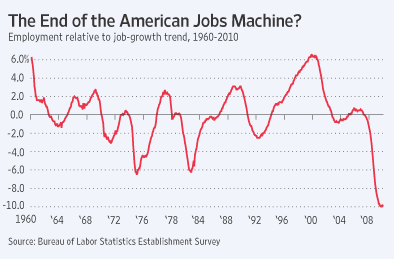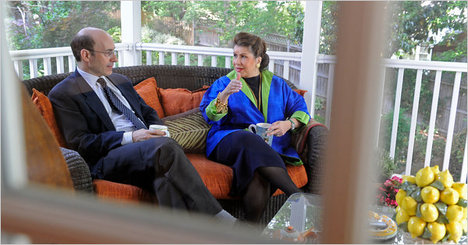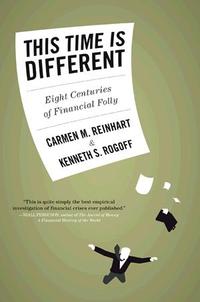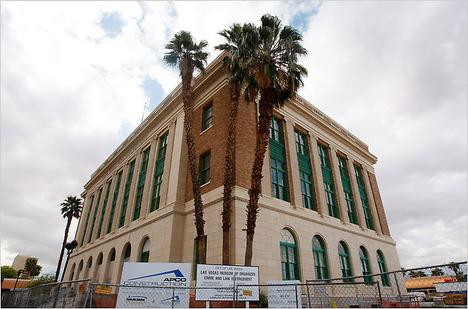(p. A17) When Congress returns from its summer recess, members will face a pivotal decision about the expiring Bush tax cuts. President Barack Obama has called for their permanent extension for singles with incomes below $200,000 and married couples with incomes below $250,000, but has proposed that most of the tax cuts for households with higher incomes be allowed to expire.
. . .
The fact that there are millions of people in the lower tax brackets with small amounts of business income may be interesting for some purposes, but it is irrelevant for the assessment of the economic impact of the tax hikes.
The numbers are clear. According to IRS data, fully 48% of the net income of sole proprietorships, partnerships, and S corporations reported on tax returns went to households with incomes above $200,000 in 2007.
. . .
Economic research supports a large impact. A pair of papers by economists Robert Carroll, Douglas Holtz-Eakin, Harvey Rosen and Mark Rider that were published in 1998 and 2000 by the National Bureau of Economic Research analyzed tax return data and uncovered high responsiveness of sole proprietors’ business activity to tax rates. Their estimates imply that increasing the top rate to 40.8% from 35% (an official rate of 39.6% plus another 1.2 percentage points from the restoration of a stealth provision that phases out deductions), as in Mr. Obama’s plan, would reduce gross receipts by more than 7% for sole proprietors subject to the higher rate.
These results imply a similar effect on proprietors’ investment expenditures. A paper published by R. Glenn Hubbard of Columbia University and William M. Gentry of Williams College in the American Economic Review in 2000 also found that increasing progressivity of the tax code discourages entrepreneurs from starting new businesses.
For the full commentary, see:
KEVIN A. HASSETT and ALAN D. VIARD. “The Small Business Tax Hike and the 97% Fallacy; The president’s plan to raise top marginal rates is holding back the very people who should be leading the economic recovery.” The Wall Street Journal (Fri., SEPTEMBER 3, 2010): A17.
(Note: ellipses added.)
One of the papers by Carroll et al, is:
Carroll, Robert, Douglas Holtz-Eakin, Mark Rider, and Harvey S. Rosen. “Income Taxes and Entrepreneurs’ Use of Labor.” Journal of Labor Economics 18, no. 2 (April 2000): 324-51.
The Hubbard paper is:
Gentry, William M., and R. Glenn Hubbard. “Tax Policy and Entrepreneurial Entry.” The American Economic Review 90, no. 2 (May 2000): 283-87.


